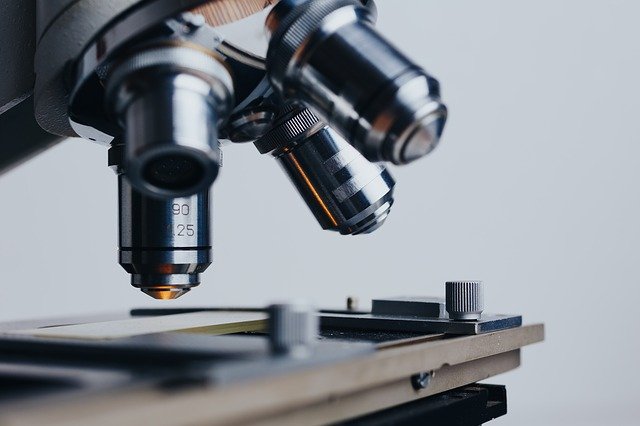The Vera C. Rubin Observatory will scan the whole southern sky every three nights. From short-lived supernovae to alien megastructures, here are some of the fleeting cosmic phenomena it could capture
Gilles and Cecilie
IN 1967, astronomer Jocelyn Bell Burnell was searching the night sky for quasars, super-bright sources of light in the centre of some galaxies, when she spotted something unusual. It was a pulsing radio signal from space that seemed too regular to have a natural source. With her supervisor Antony Hewish, she half-jokingly dubbed it LGM-1 – short for little green men.
After finding more of these signals, they turned out to be coming from pulsars, dense, rapidly rotating stars that send regular bursts of energy our way. No little green men, after all. But the discovery demonstrated that astronomers need an open mind.
Now, this is truer than ever. In July 2023, the Vera C. Rubin Observatory in Chile will start studying the universe. It will scan the entire southern sky in an unbelievably rapid three nights, then start over. For 330 nights a year, over 10 years, Rubin will produce the Legacy Survey of Space and Time (LSST). It will change how we see the universe, especially our view of the mysterious objects that are pulsing, blipping or otherwise changing in unexpected ways.
Such signals are buried in a tapestry of electromagnetic waves that hurtles our way every night. Until now, we could only unpick the most obvious of threads. But armed with Rubin’s telescope and the power of artificial intelligence, we will see more detail than ever before. Some of it will help us unravel current mysteries, while other aspects will be entirely unexpected. The next time someone writes “LGM” next to a strange signal, they might not be doing it with their tongue in their cheek. …

